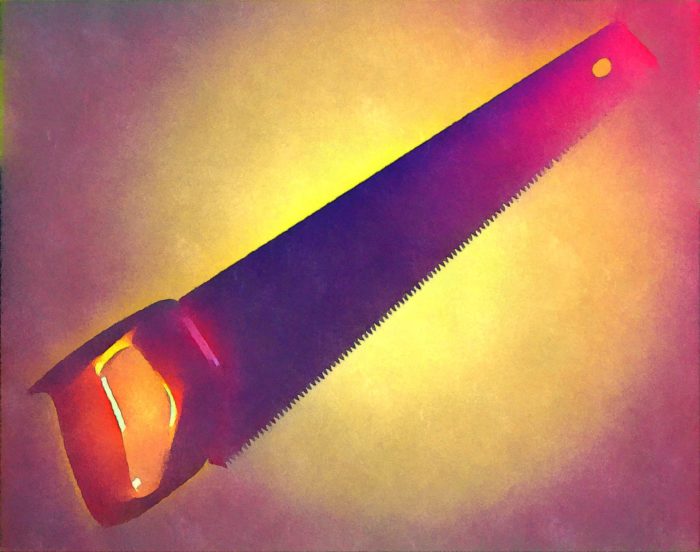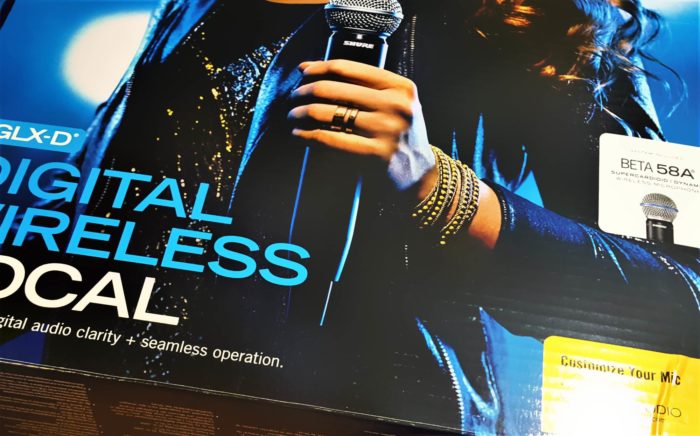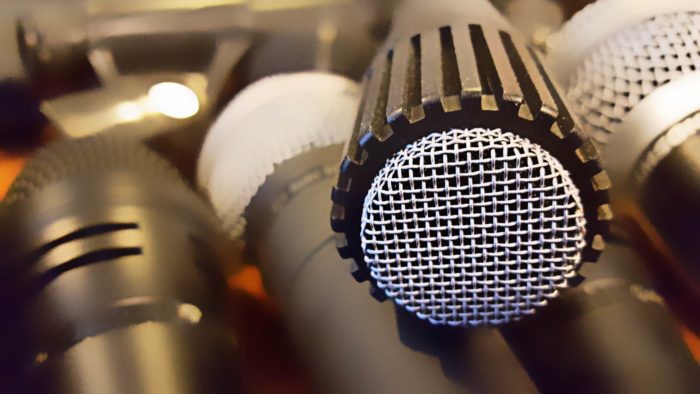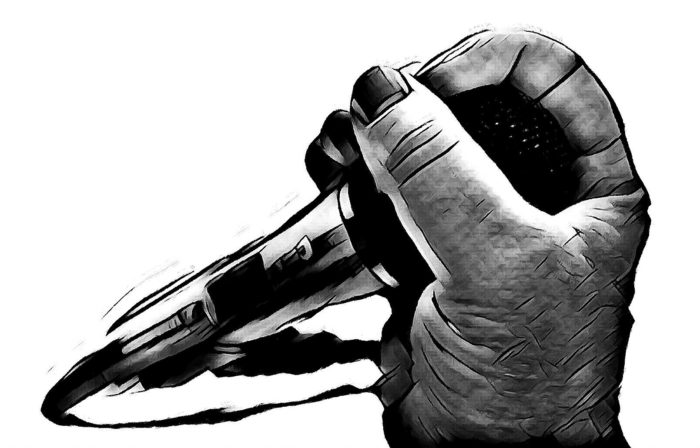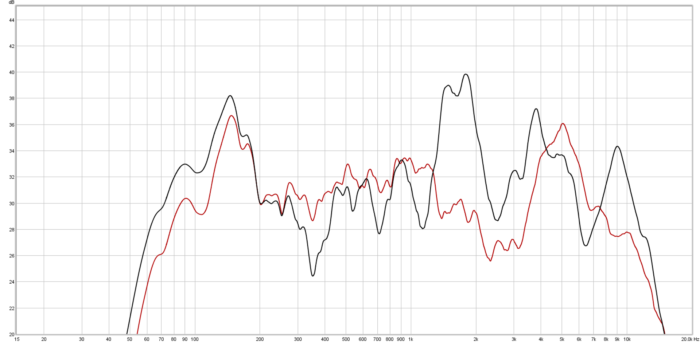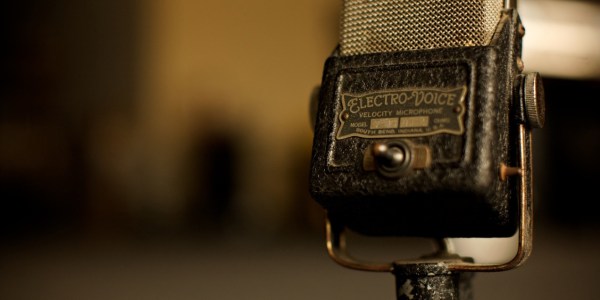It’s not just feedback – it’s sound quality in general.
Please Remember:
The opinions expressed are mine only. These opinions do not necessarily reflect anybody else’s opinions. I do not own, operate, manage, or represent any band, venue, or company that I talk about, unless explicitly noted.

 Want to use this image for something else? Great! Click it for the link to a high-res or resolution-independent version.
Want to use this image for something else? Great! Click it for the link to a high-res or resolution-independent version.Sound craftspersons commonly moan and groan about having a ton of open mics – especially vocal mics – on their stages. The biggest gripe, of course, is feedback. Every single sound-to-voltage transducer on deck increases the system’s “loop gain” when their channel is open. More loop gain makes things more unstable.
There’s another complaint to be had, though. It’s the composite problem where bleed causes “defocus,” headroom consumption, and poor overall mix tone.
To be both snarky AND up-front for a bit, let me say that I almost always offer up an enormous, mental eye-roll when someone says, “There are [x] of us, and we all sing.” My instant judgement is: “Actually, there are [x] of you, and maybe two of you can actually sing. The rest of you can carry a tune, but don’t really have the power or consistency to compete with a rock band.” And inevitably, it’s a situation where people only vocalize when the fancy takes them, so I have to leave all those channels open and CRANKED, just in case someone has a two second harmony part here or there.
So, why all the snarking and sighing?
It’s because, in a live-sound situation, signal-to-noise is a fraught topic. That is, the concept goes beyond the traditional measure of random electronic voltage versus the desired signal in the circuit, and ends up in artistic and acoustical territory. In an environment with a real band in a real room, the sound that corresponds to the channel label (Lead Vocal, for instance) is the signal, and absolutely everything else is noise.
Absolutely.
Everything.
Else.
…and there’s a lot of noise, noise which is also considered signal when you get to the channel that’s supposed to be carrying it.
Anyway, you’ve got all these vocal mics, and they’re all wound up hot, and a very large percentage of the time they are amplifying a bunch of information that isn’t vocals. That’s the bleed problem, and it leads to the other issues I mentioned:
1) “Defocus” – Where other sounds on stage, especially percussive ones, end up having multiple arrivals due to going through their close-up mics AND the other mics spread around. The problem gets worse in more acoustically live settings, because the other open mics also amplify the indirect sound that arrives at a different time than the direct sound which ALSO arrived at a different time. This transient-smearing can make a mix much harder to “parse” for musical information, because the boundaries between different musical elements are no longer as well defined.
2) Headroom Consumption – Have you ever driven a system to its limits with, say, drums…through the vocal mics? I have, on more occasions than I care to remember. All the noise flowing through those open channels uses up your power budget very quickly. You end up with no room to make those big, fun, transients, because you’ve soaked up all your headroom with a continuous wash of everything except what you actually want. A further side-effect of all this is that your mix feels uncomfortably loud, because everything is smashed together without enough contrast.
3) Poor Overall Mix Tone – All the bleed being amplified tends to cause a buildup of midrange and high-frequency energy that can make a mix teeth-clenchingly uncomfortable for audiences. Sure, you can slap an EQ on everything, but now you’ve messed with your vocal intelligibility, so…
Now, of course, there are things you can do. You can get a a set list with pointers on who’s doing what. You can aggressively run mutes, assuming good sight lines and a fair amount of rehearsal time. You can try to isolate your mics in various ways. You can use rehearsal time to figure out how to get the backline down to a level that works well with what the vocalists can deliver.
But in the end, the best approach has been (and will always continue to be) vocalists with excellent power and tone, and the giving of vocal mics only to those people.
